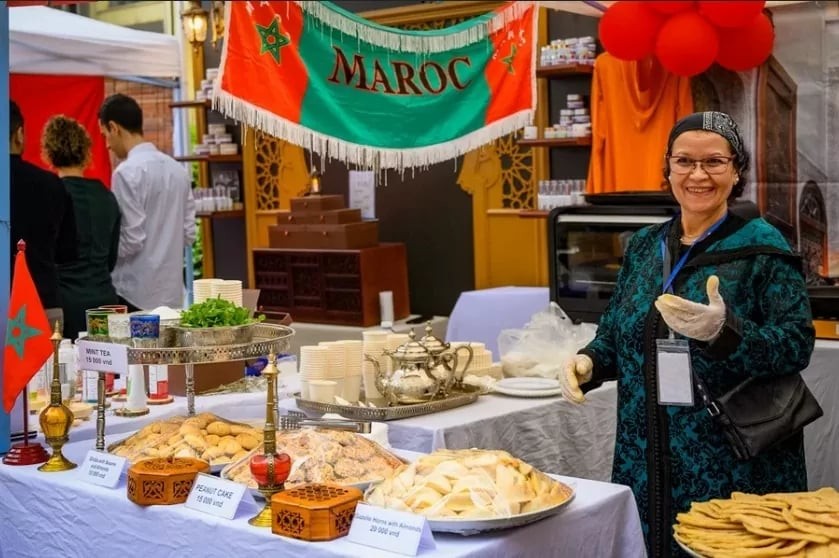Visit Marrakech: Brilliant And Stunning “Red City” in Morocco
Between tradition and modernity, Marrakech is the promise of unequalled sensations. Strolling the Jemaa El-Fna square and the souks with their shimmering colours and oriental smells, the red city offers you a complete change of scenery. Horse-drawn carriage rides, sunny terraces, travelling artists and other day and night activities will give a tates of wishful comeback.
You will be able to admire all the architectural richness of the Medina, upon visiting one of its many riads, small oriental palaces overlooking a beautiful patio. You can also relax and recharge at the Menara, a vast garden with an emblematic basin. Marrakech shower its visitors by its splendour and its diversity, you just have to leave the ramparts to be immersed in modern Morocco. The districts of Gueliz and Hivernage offer the most modern infrastructures, luxury boutiques and international ready-to-wear stores, airy avenues ; which all contribute to Marrakech's unique offering.
Being a growing economic bustling city, Marrakech has special festive and cultural places, such as the Palais des Congres and the splendid Royal Theater. Enjoy Marrakech at night by discovering the many themed venues, trendy clubs and traditional evenings that reflect the lively part of the city.
History of Marrakech
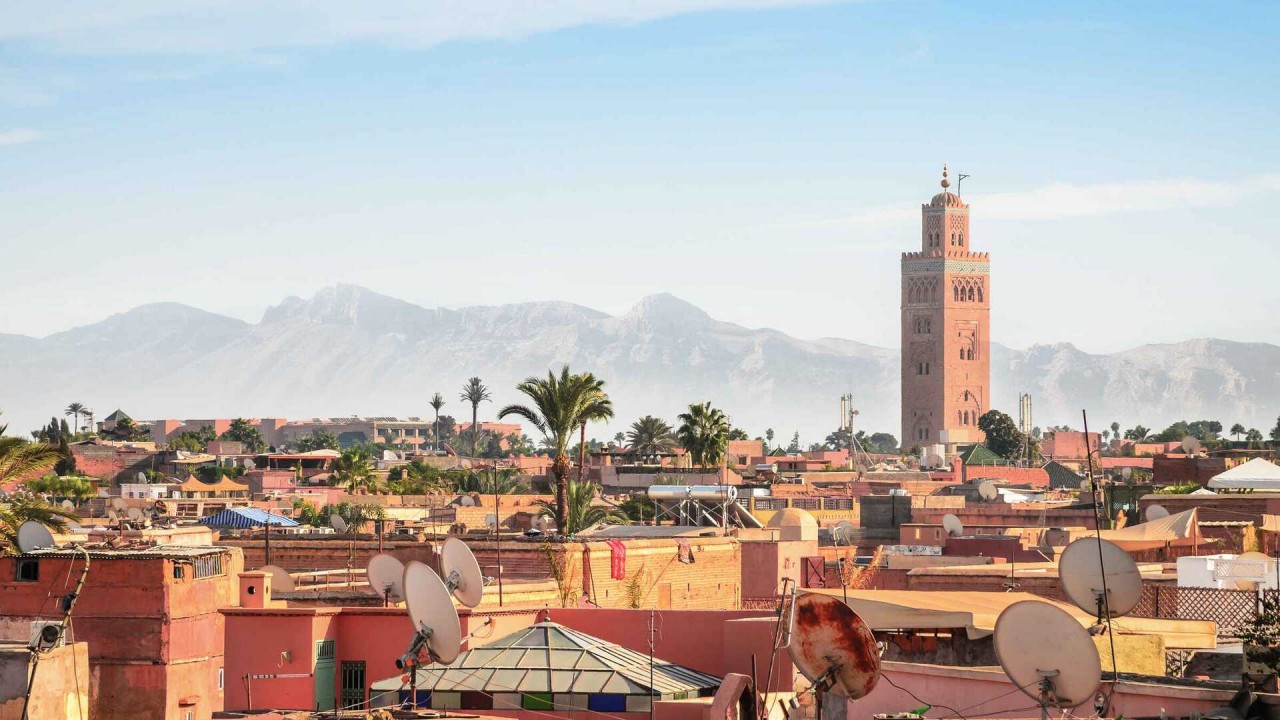 |
| Photo: GetYourGuide |
Marrakech was founded in 1062 by Yusuf ibn Tashfin, leader of the Moroccan Almoravid empire. He is also considered one of the most prominent leaders of the country, promoting an Islamic system in the whole country, Muslim Spain and the Maghreb. Marrakech became the capital of the Almoravid dominion.
A new religious movement from the High Atlas called Almohads seized the city of Marrakech from the Almoravid in 1147 and the Almohad Caliph Abd al-Mu’min refused to enter the city because he claimed the mosques in Marrakech were not correctly orientated.
A few years later, Abd al-Mu’min commissioned the construction of two mosques, one is the renowned Koutoubia Mosque, which was inspired by al – Andalus (Andalusian) Islamic architecture. This is why it is very similar to the bell tower of the Seville Cathedral.
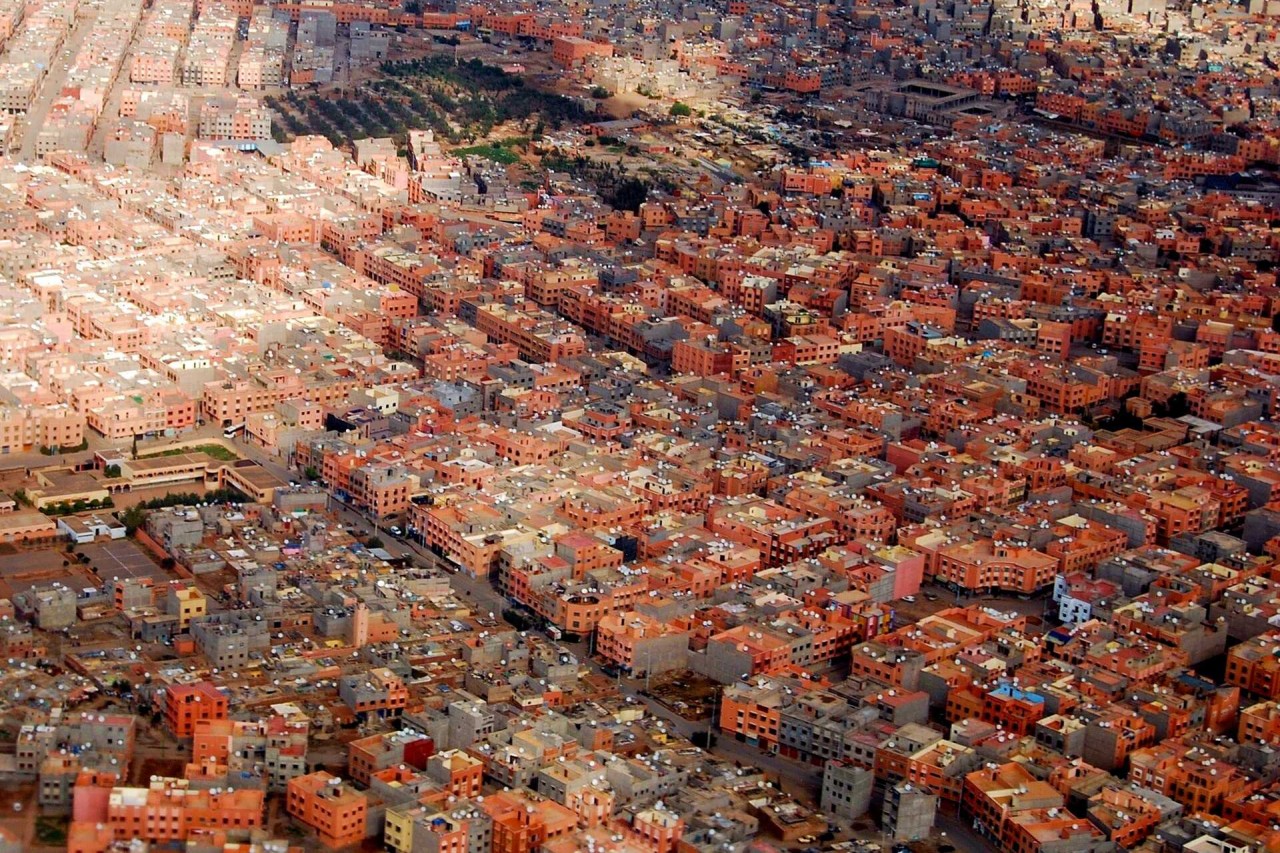 |
| Photo: Amy Feldtmann |
In 1230 al-Ma’mun of the new dynasty, the Marinids, captured Marrakech. Shortly after, his brother Abu Yusuf Yaqub forced the Almohads to retreat to the Atlas and the Marinids ruled over Marrakech during the following two centuries. During this period, the city was slightly forgotten as the dynasty moved the capital to Fez.
The dynasty of the Marinids were replaced by the Wattasids and these were expelled by the Sharifian families.
The Sharifs are descendents of the Prophet Muhammed’s cousin Ali and his daughter Fatima. The Alaouite dynasty, which comes from the word Ali is the current Moroccan royal family.
The Saadians made Marrakech their capital during the sixteenth century. The most famous architecture from this period includes the Bab Doukkala Mosque, the Ben Youssef Madrasa built in 1570 and the Saadian Tombs.
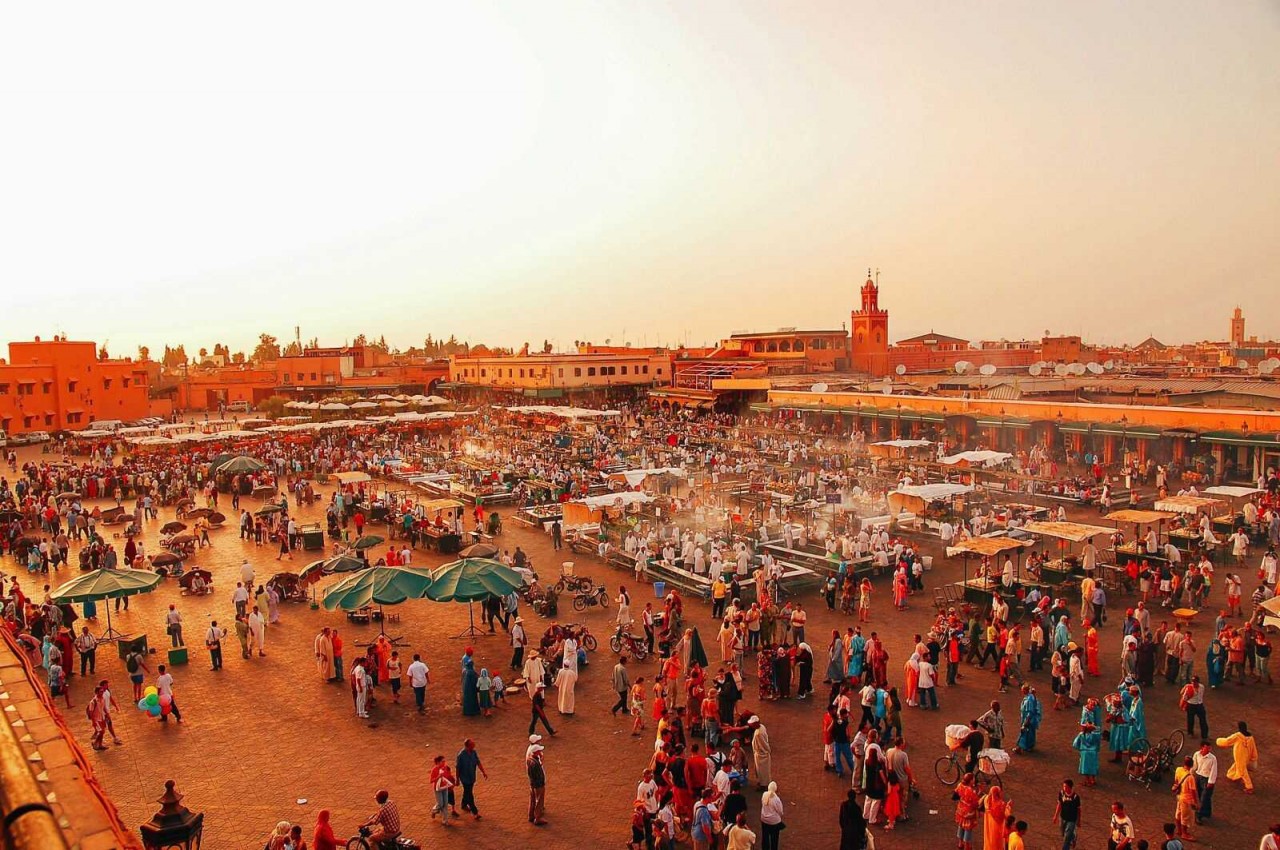 |
| Photo: Pinterest |
Marrakech suffers the same episodes as the rest of Morocco where the Portuguese, the Spaniards and the French attacked the country, sometimes to try and defeat the pirates, sometimes to retaliate for having been too lenient on piracy. But, in general, to control the natural resources and its privileged location as the door to Africa.
There are few periods of peace in Morocco until the country claims its independence in 1956. For centuries, it had been an focus of interest for various European countries, which fought hard to main control over it.
In 1911 the capital was moved to Rabat and Marrakech was made capital of the mid-southwestern region of the country. Presently, the city’s main economy is based on tourism, as well as agricultural products, exported mainly to Europe and its vegetable canned food. It is the region’s commercial centre and where the minerals that are extracted from the Atlas are transported from.
What is interesting about Marrakech?
Artisan Heritage
Bahia Palace and the Dar Si Said are a riot of tilework and intricate floral painted-wood ceilings, the Saadian Tombs are enriched by an opulent bounty of marble, while the Musée de Mouassine and Musée de Marrakech are a showcase of swirling stucco and carved-wood design. And if you choose to bed down for a night in a riad, you'll be able to sleep amid some of this splendour too. Marrakesh is a city steeped in ancient artistry that continues to thrive, kept alive by the modern craftspeople of the souqs and the contemporary art and design scene of the Ville Nouvelle.
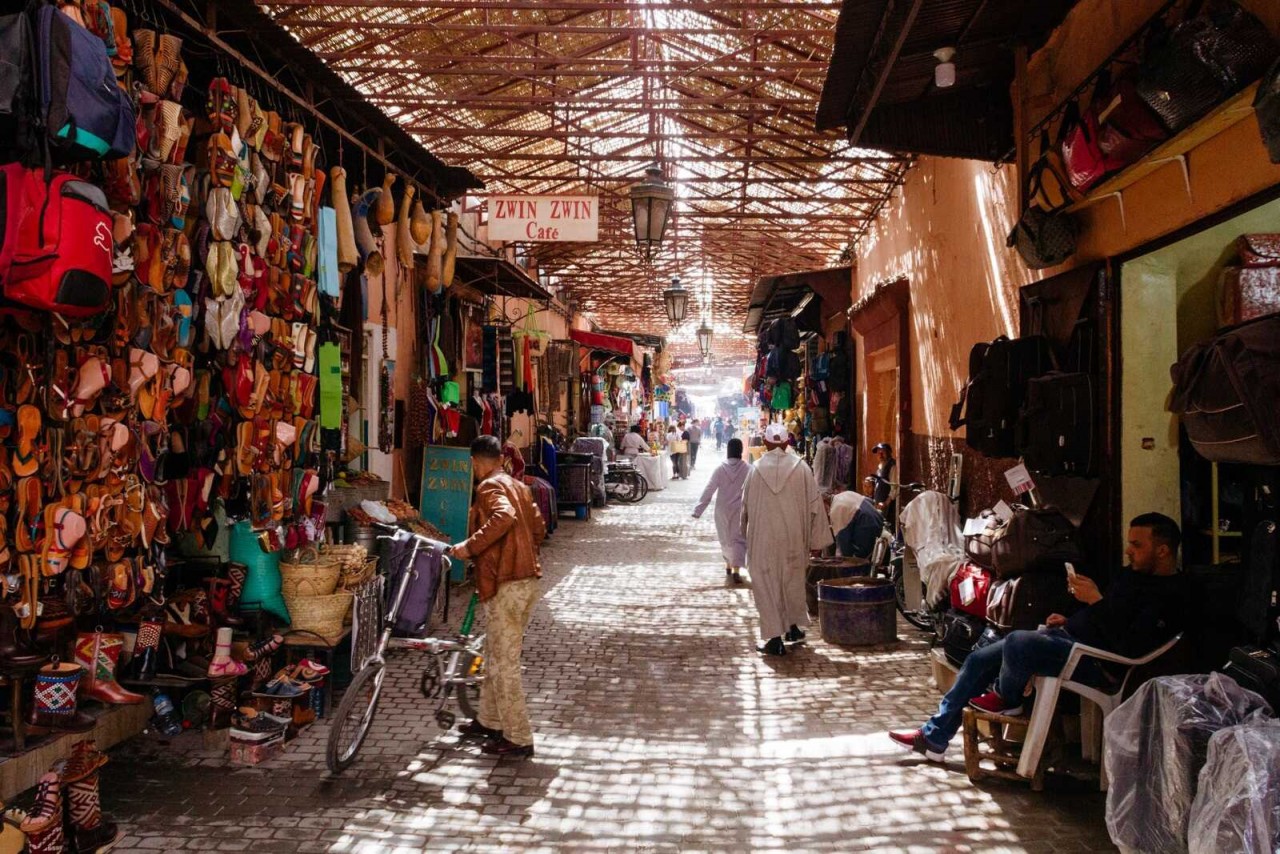 |
| Photo: Culture Trip |
Faith & Culture
You’ll understand how religion permeates the rhythms of daily life when you hear the sonorous call to prayer echo out from the mosques. As an old imperial capital, Marrakesh is home to some beautiful examples of Islamic architecture, most impressively the Ali Ben Youssef Medersa and the Koutoubia minaret. The city also holds on to a heritage of the other religious communities that once helped it become a vibrant caravan town. Head to the old Jewish district of the mellah to visit the Lazama Synagogue and the Miaara Jewish cemetery to gain a greater understanding of Marrakesh's cosmopolitan past.
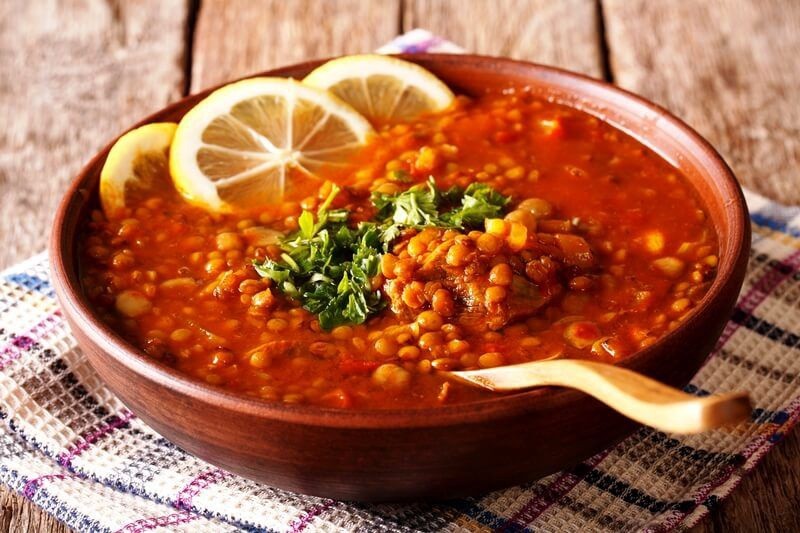 |
| Photo: Memphis Tours |
Souq Shopping
Think of the medina's souqs as a shopping mall, but laid out according to a labyrinthine medieval-era plan. Whether you want to spice up your pantry with North African flavours or buy a carpet to add Moroccan-wow to your house, this magpie's nest of treasures is manna for shop-til-you-drop fanatics.
The main market streets are Souq Semmarine and Souq El Kebir. If you see something you really like there, fine – but understand prices will be higher. Smaller souqs and souqs dedicated to artisan workshops such as Souq Haddadine (Blacksmith’s Souq), where you can buy direct from the producer, generally have the best deals.
The Medina
Got your map ready? Well, it's probably of little use to you here. Wrapped within the 19 kilometres of powder-pink rammed-earth ramparts, the medina is Marrakesh's show-stopping sight of crowded souqs, where sheep carcasses swing from hooks next door to twinkling lamps, and narrow, doodling ochre-dusted lanes lead to nowhere. The main artery into this mazy muddle is the vast square of Djemaa El Fna, where it's carnival night every night. Stroll between snail vendors, soothsayers, acrobats and conjurers, musicians and slapstick acting troupes to discover the old city's frenetic pulse. The party doesn't end until the lights go out.
What to do in the Red City
1. Shop the Medina Souks
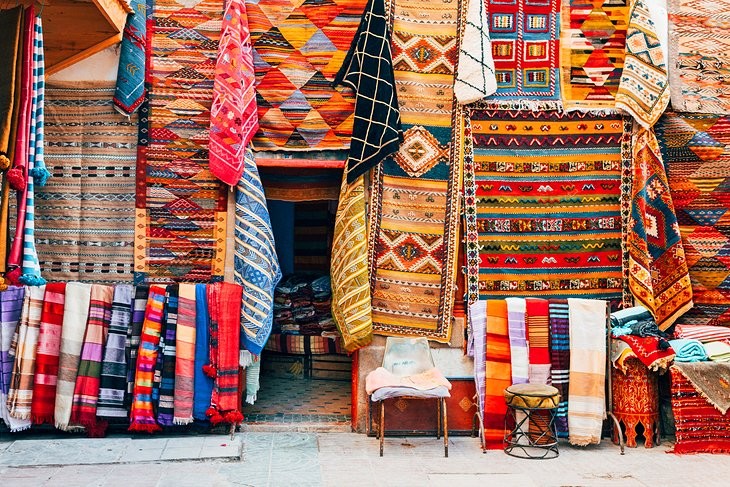 |
| Photo: Planetware |
For many visitors, Marrakech's labyrinthine medina (old city) district is the town's star attraction.
The narrow alleyways are a kaleidoscope of colors, scents, and sounds and are bound to be the sightseeing highlight of your trip.
As well as simply wandering (and getting lost) amid the bustling maze, there are myriad shopping opportunities where you can put your haggling hat on and barter to your heart's content.
The main souq area is the tangle of lanes between Place Rahba Kedima and Place Ben Youssef.
Just off Place Ben Youssef, you'll find Fondouq Namas, an old trader caravanserai that is now home to plenty of carpet shops. Place Rahba Kedima itself is one of the main medina areas for buying spice and spice mixes.
Souq Haddadine is the metalworkers area, while just to the north is Souq Cherratine, where the leatherworkers have their workshops.
The narrow crisscross of lanes between the main thoroughfares of Souq el-Kebir and Souq Smata is full of traditional clothing stalls, while if you follow Souq Lebbadine west, you'll end up amid the skiny alleys of Souq Teinturiers (the Dyers souq).
2. Experience Djemaa El Fna After Dark
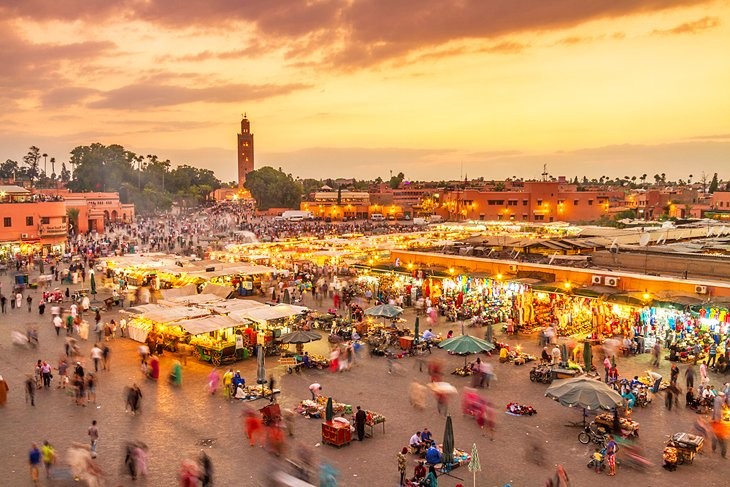 |
| Photo: Planetware |
This large square at the entry to the medina is the center of Marrakech life.
The Djemaa El Fna (assembly place of the nobodies) is a vibrant hub of bric-a-brac stalls, musicians, storytellers, fortune-tellers, and snake charmers that springs into life from late afternoon daily with entertainment carrying on until midnight.
An evening spent here wandering between the acrobat troupes and local musical groups is a truly Moroccan experience.
At sunset, the northern section of the square fills with stalls serving cheap meals and snacks. It's also easy to escape the chaos of the square for a time-out at one of the many cafés that rim the square. Many of these cafés also offer the best panoramic views of all the Djemaa El Fna action from their rooftops.
3. Admire the Koutoubia Mosque
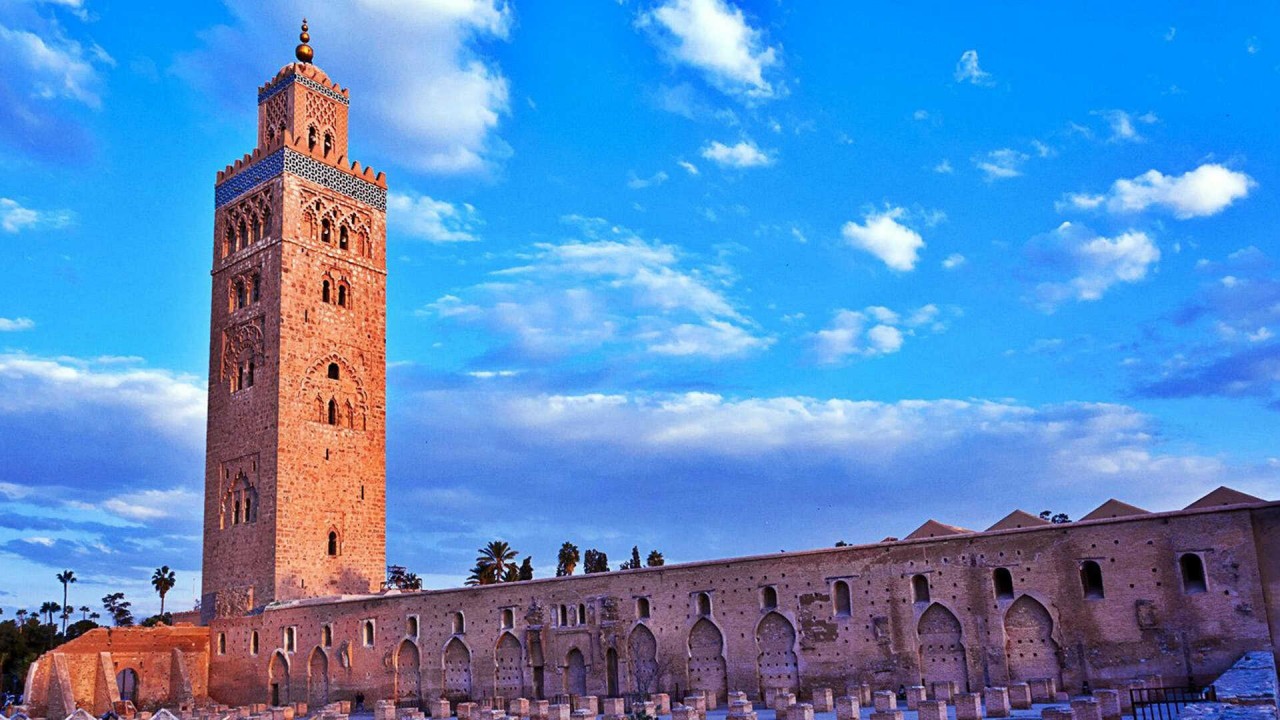 |
| Photo: IRCICA |
The Koutoubia Mosque is Marrakech's most famous landmark with its striking, 70-meter-tall minaret visible for miles in every direction.
Local Marrakesh legend tells that when first built, the muezzin (man who calls the faithful to pray) for this mosque had to be blind, as the minaret was so tall, it overlooked the ruler's harem.
The mosque was built in 1162 and is considered one of the great achievements of Almohad architecture.
The archaeological excavation area on the northwest side of the minaret displays the foundations of the earliest mosque built on this site. It was destroyed by the Almohads and replaced with the current mosque.
Non-Muslims are not allowed into the Koutoubia Mosque itself.
4. Stroll around Majorelle Gardens
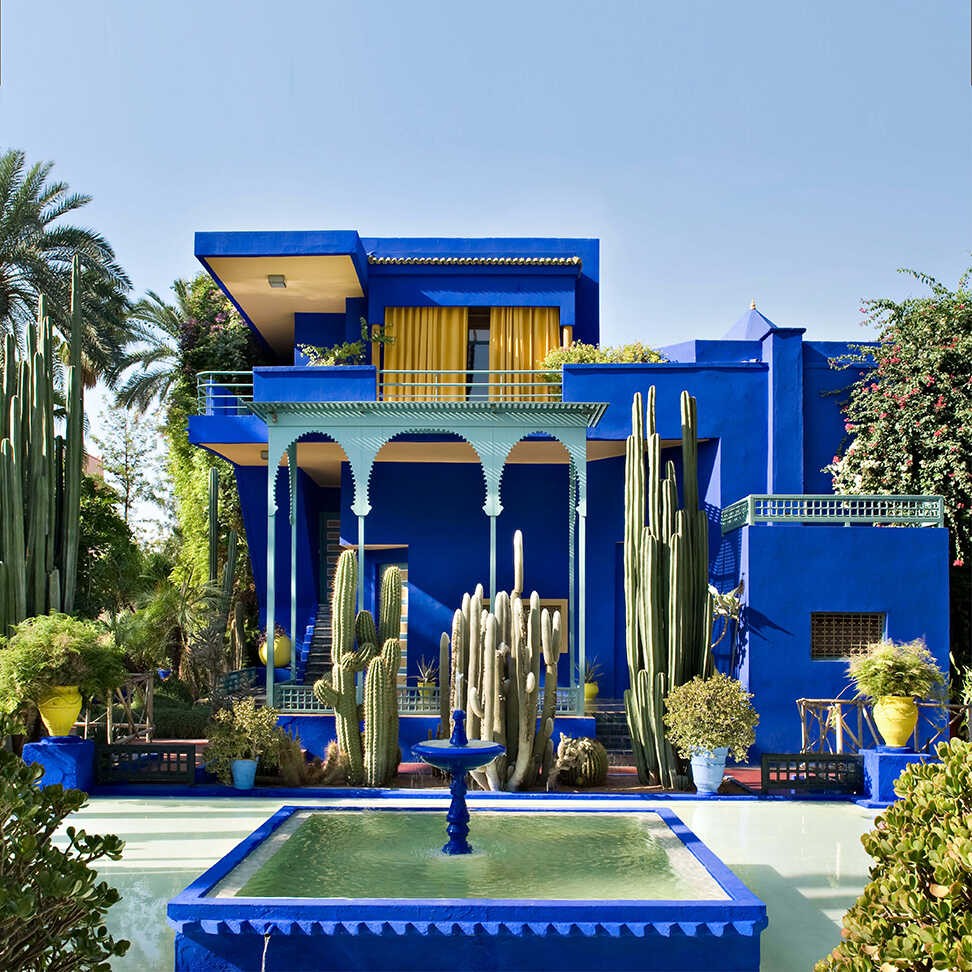 |
| JPhoto: ardin Majorelle |
These lush tropical gardens full of cacti, palms, and ferns, are the work of painter Jacques Majorelle.
Originally from the town of Nancy in France, Majorelle came to Marrakech for health reasons and became well known for his paintings of local Moroccan life.
His most famous work, though, was this garden and the vibrant blue (the color now known as Majorelle blue) painter's studio he lived in on the grounds.
After Majorelle's death in 1962, French fashion designer Yves Saint Laurent bought the property, and upon his death in 2008, his ashes were scattered in the gardens.
Within the grounds, Majorelle's old painting studio is now home to a fabulous museum dedicated to Berber artistry.
Just next door to the entrance into the gardens is a museum dedicated to the life and fashion legacy of Yves Saint Laurent, which also hosts a program of temporary exhibitions.
5. Visit the Medersa Ben Youssef
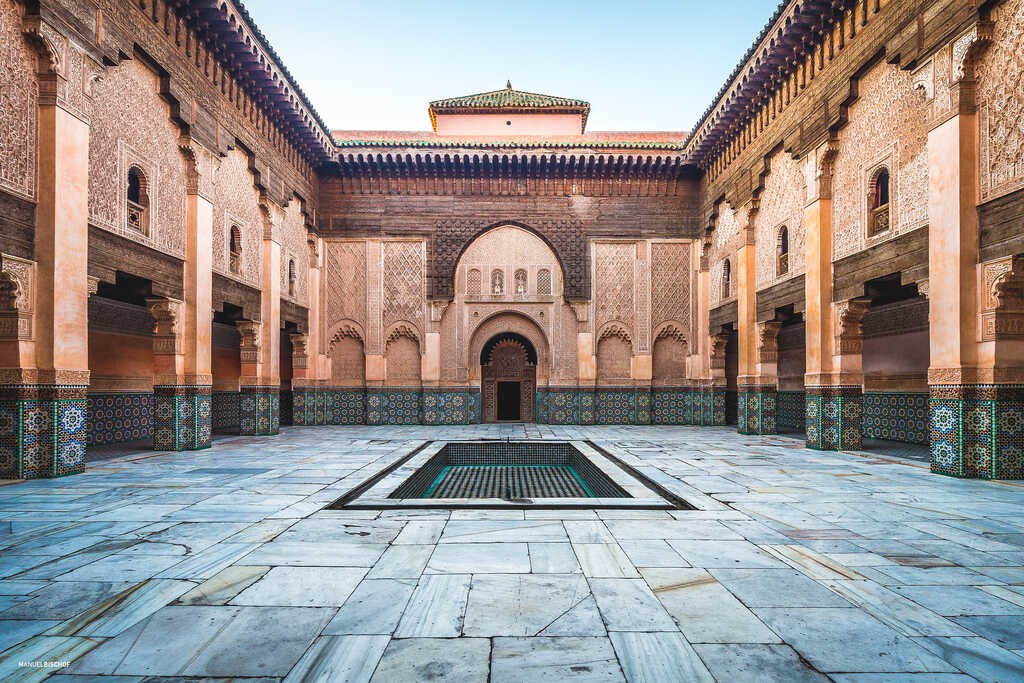 |
| Photo: Marrakech Guided Experience |
The sumptuously decorated Medersa of Ben Youssef is one of the finest examples of Saadian era artistry in Morocco. This theological college (completed in 1565), directly opposite the Ali Ben Youssef Mosque, once homed 900 students and was the largest center for Quranic study in the country.
The warrens of rooms where students once slept are clustered around small internal courtyards in typical Islamic architecture style, but the main internal courtyard is the real highlight here.
The fine zellige tiling, stalactite ceilings, cedar-wood detailing, and Kufic inscriptions used as decoration across the courtyard's interior make this medersa one of Morocco's most beautiful buildings and a star medina attraction.
6. Soak in a Hammam
Navigating around the medina can be hot, dusty, and crowded work but luckily there's a traditional way to relax and rejuvenate after your sightseeing and shopping is done.
A hammam is a traditional communal bath (often called a Turkish bath) with a multiple domed interior dedicated to bathing. The process at its most basic consists of steaming, washing, and then exfoliating your skin, with a short massage as an additional service.
While public hammams are scattered throughout the medina and still serve the community, many historic and contemporary-built hammams provide hammam experiences directly aimed at visitors and are a great introduction to Moroccan hammam culture.
Some of the more luxurious hammams also provide modern spa add-ons with a host of beauty treatments and massages available.
7. Be Dazzled by Bahia Palace
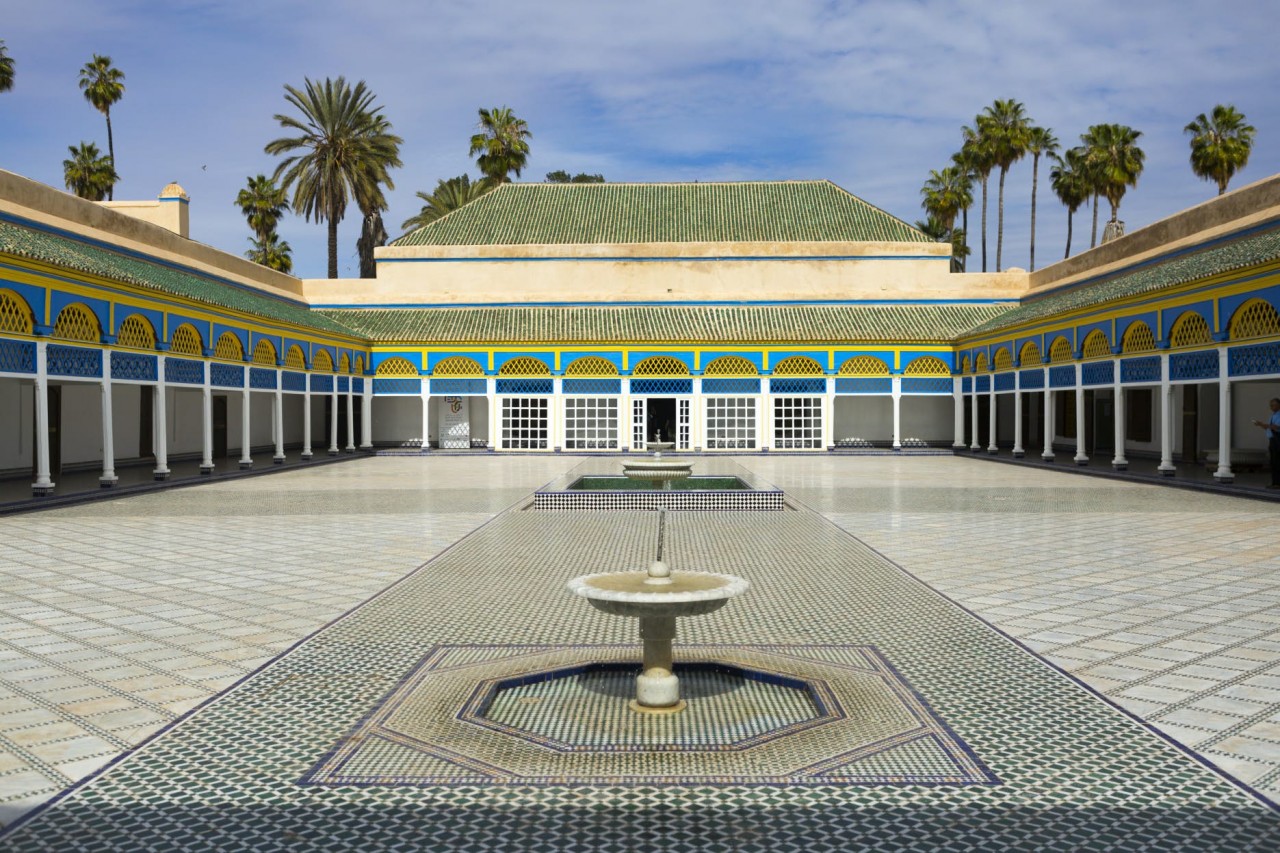 |
| Photo: Lonely Planet |
This magnificent peacock of a palace was built in the late 19th century as the residence of the Grand Vizier Bou Ahmed, who served Sultan Moulay al-Hassan I.
The interior decoration is a dazzling display of Moroccan artisan work combining zellige tiles, painted ceilings, and ornate wrought-iron features showcasing the opulent lives of those high up in the sultan's favor at that time.
The massive marble grand courtyard and opulent salons of the haram area are the two main attractions, while the lush internal courtyard of the grand riad, with its banana-leaf plants and citrus trees, is a tranquil respite from the city.
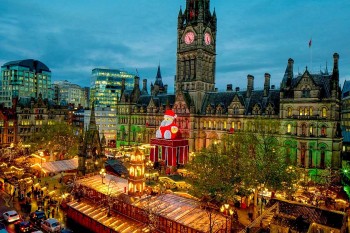 | Top 10 Best Christmas Markets in Europe Christmas is the best time in the year for relaxation and fun with your loved ones. Dont forget to visit these biggest and best Christmas ... |
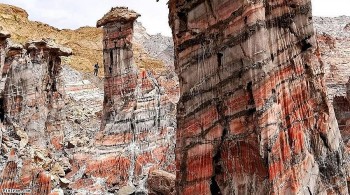 | Explore The Unique Jashak Salt Dome – The Natural Wonder of Iran The Jashak salt dome, which lies in the Zagros Mountains in southwestern Iran, is unique for its natural structures and becomes one of the most ... |
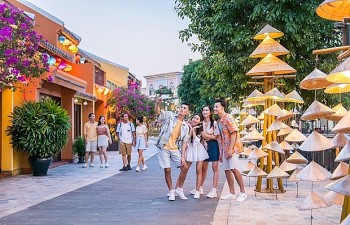 | 2021 World Travel Awards: Hoi An Named Asia's Leading Cultural Destination Hoi An ancient town in central Vietnam wins the Asia’s leading cultural city destination category at 2021 World Travel Awards (WTA), which was nicknamed by ... |
Recommended
 World
World
Thailand Positions Itself As a Global Wellness Destination
 World
World
Indonesia Accelerates Procedures to Join OECD
 World
World
South Korea elects Lee Jae-myung president
 World
World
22nd Shangri-La Dialogue: Japan, Philippines boost defence cooperation
 World
World
Pakistan NCRC report explores emerging child rights issues
 World
World
"India has right to defend herself against terror," says German Foreign Minister, endorses Op Sindoor
 World
World
‘We stand with India’: Japan, UAE back New Delhi over its global outreach against terror
 World
World


